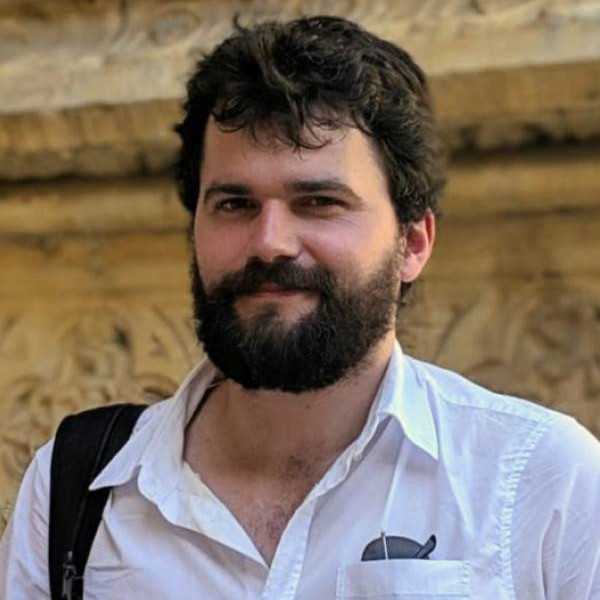Piecewise Normalizing Flows

The Handley Research Group’s innovative work on Piecewise Normalizing Flows (PNFs) (2305.02930) introduces a novel approach to modeling complex probability densities, particularly those exhibiting multi-modality. This new method addresses a persistent challenge in using normalizing flows (NFs): the frequent mismatch between the topology of the base distribution (typically a standard normal distribution) and the target distribution. Lead author Harry Bevins along with Will Handley and Thomas Gessey-Jones, tackle this challenge by preemptively clustering the target distribution samples before training individual Masked Autoregressive Flows (MAFs) on each resultant cluster.
Traditional NFs, while powerful, often struggle to accurately capture the intricacies of multi-modal distributions. The inherent homeomorphic nature of NFs can lead to the creation of artificial “bridges” connecting distinct modes, a phenomenon absent in the actual data, as highlighted in \citet{Cornish2019RelaxingBC}. This issue arises from the difficulty a single, continuous transformation has in mapping a unimodal base distribution to a topologically more complex target distribution. Previous methods, like the resampled base distribution approach by \citet{Stimper2021}, have attempted to modify the base distribution itself. The PNF method, however, takes a different tack, simplifying the problem by decomposing the target distribution into smaller, more manageable pieces.
The PNF approach leverages the power of clustering algorithms, such as k-means, to divide the target distribution into clusters whose topologies better resemble the standard normal base distribution. This pre-training clustering allows for the parallel training of individual MAFs on each cluster, offering significant computational advantages, particularly when dealing with high-dimensional data. The research presented demonstrates the PNF method’s effectiveness by comparing its performance to the approach in \citet{Stimper2021} on a series of standard benchmark multimodal distributions, showing consistent improvements in accuracy and a more stable training process. The team also investigated the impact of different clustering algorithms, such as Mean Shift \cite{Cheng1995} and Birch \cite{Zhang1996}, on the performance of PNFs, finding that while k-means generally performs best, other algorithms provide competitive results.
This innovative work on PNFs has the potential to greatly enhance the application of NFs in various fields including cosmology, as demonstrated by the authors previous work 2207.11457. It offers a practical and efficient solution for modeling intricate probability densities, opening new avenues for research and applications in areas requiring sophisticated density estimation.



Content generated by gemini-1.5-pro using this prompt.
Image generated by imagen-3.0-generate-002 using this prompt.